
Welcome to the Experian Thought Leadership Hub
Gain insights into the fast-changing world of consumer and business data through our extensive library of resources.
136 resultsPage 1
The Regional Economic Health Tracker examines consumer health across the four U.S. census regions. It highlights how regional dynamics, from data center growth to housing costs and credit conditions, are shaping household finances today.
 Report
Report
Gain actionable insights from Experian’s 2026 State of the U.S. Housing Market Report:
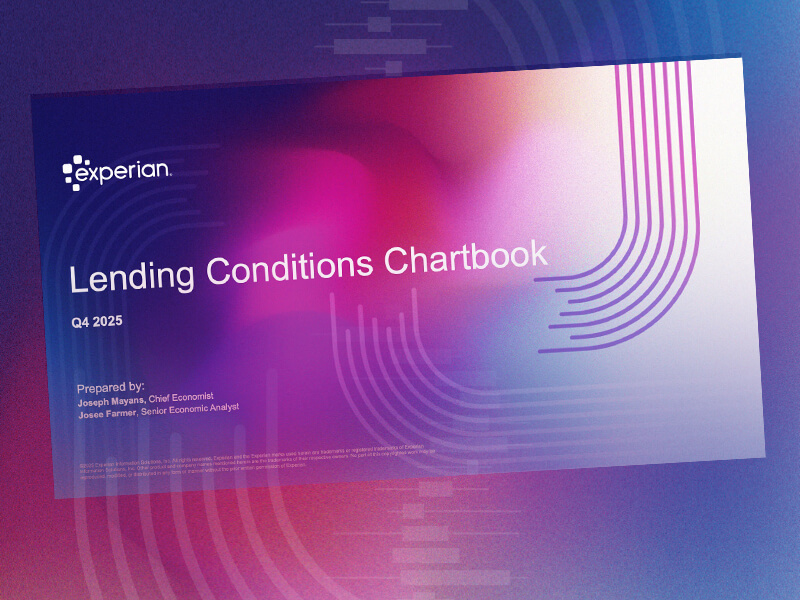 Report
Report
Despite tariff headwinds in 2025, the U.S. economy exceeded expectations and is positioned for continued growth. Improving credit dynamics point to a stronger lending environment in 2026.
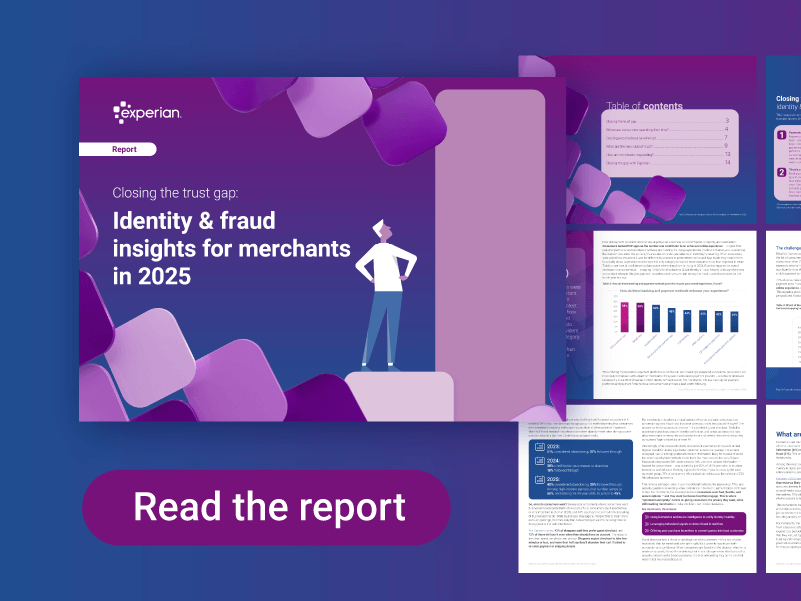 Report
Report
Consumers expect e-commerce experiences to be seamless and secure but, as fraud threats evolve, merchants are struggling to keep pace — and consumers are losing trust in merchants. Drawing on this year’s U.S. identity and fraud insights, this report explores the key factors contributing to the e-commerce trust gap.
You’ll learn:
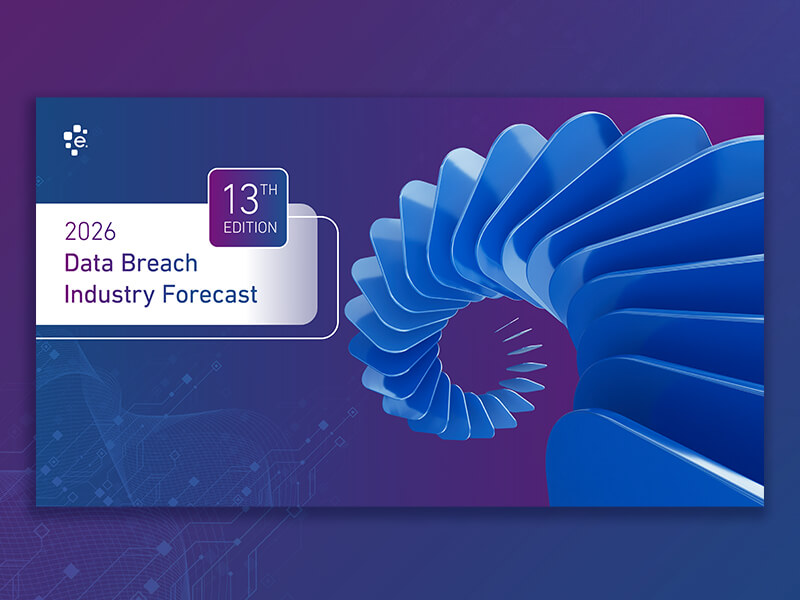 Report
Report
The scale of global cyberattacks continues to rise, and 2026 is poised to be the year of AI in cybersecurity.
In our 13th annual Data Breach Industry Forecast, we share our top predictions for the year ahead, including:
Gain insight into the trends shaping the future of data security. Download the full forecast to prepare for what’s ahead.
 Report
Report
The longest U.S. government shutdown has paused official labor data, but private-sector insights reveal key trends shaping the job market. Alternative sources show slowing job creation, modestly higher unemployment, and signs of resilience consistent with the Fed’s outlook.
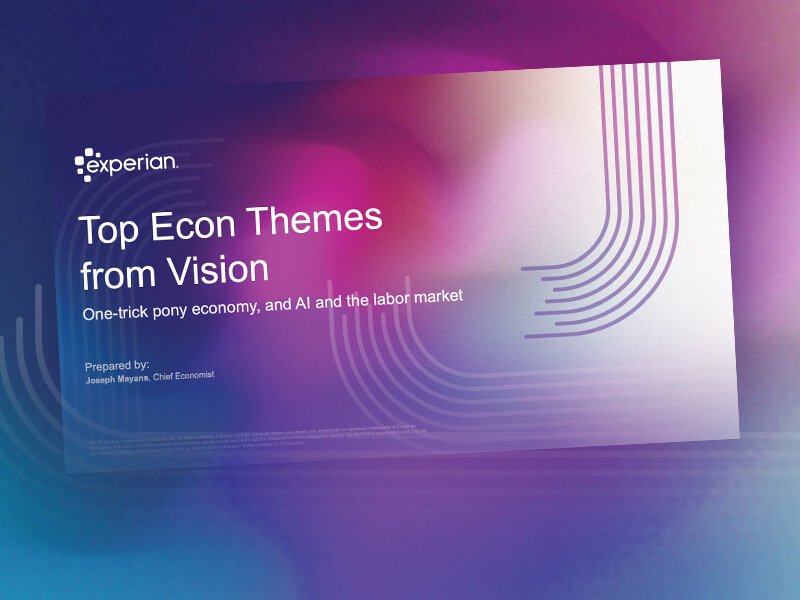 Report
Report
The U.S. economy continues to surprise with its resilience - growth forecasts are improving, equity markets are hitting new highs, and fears of an imminent recession are fading. Joseph Mayans’ Vision 2025 session, “Navigating 2026: Global Macro Shifts, U.S. Credit Trends and the Evolving Lending Landscape,” explored the economic forces shaping the next year - from the AI-driven equity boom to structural vulnerabilities in the white-collar labor market. His key takeaway: while AI innovation is fueling growth and optimism, it also introduces new dependencies and risks that will define the next economic chapter.
Highlights:
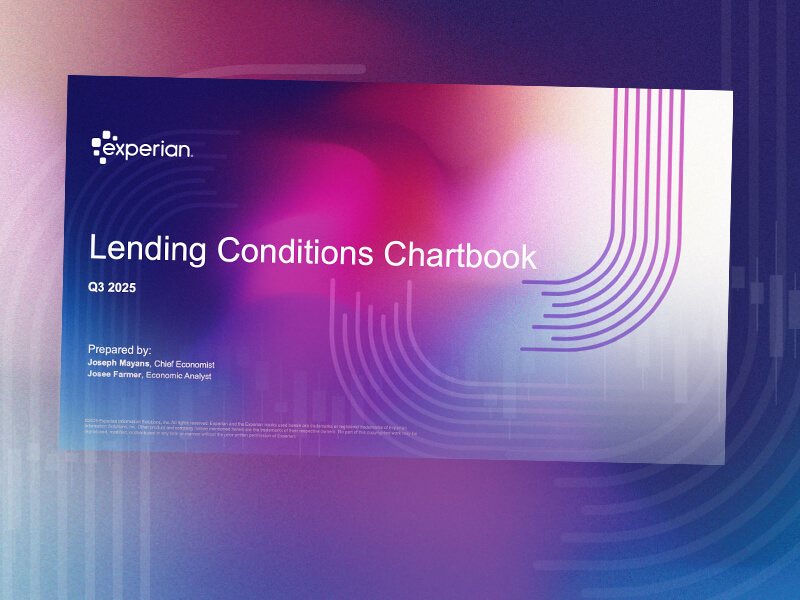 Report
Report
The U.S. economy shows signs of steady growth in Q3, yet challenges remain. A cooling labor market and persistent inflation create uncertainty, prompting lenders to stay cautious while adapting. Even in this dynamic environment, growth opportunities continue to emerge across the industry.
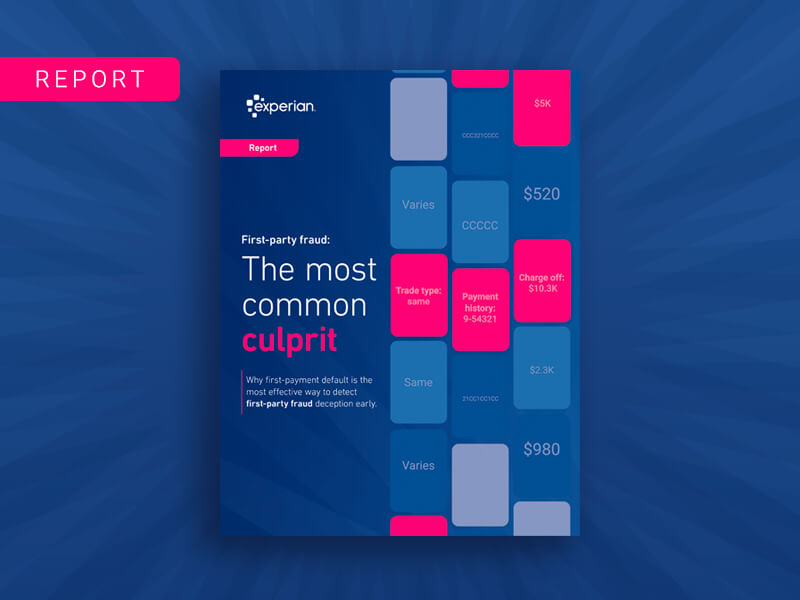 Report
Report
First-party fraud is notoriously difficult to separate from credit risk — but first-payment default (FPD) can be the key to earlier, more accurate fraud detection.
Key insights: